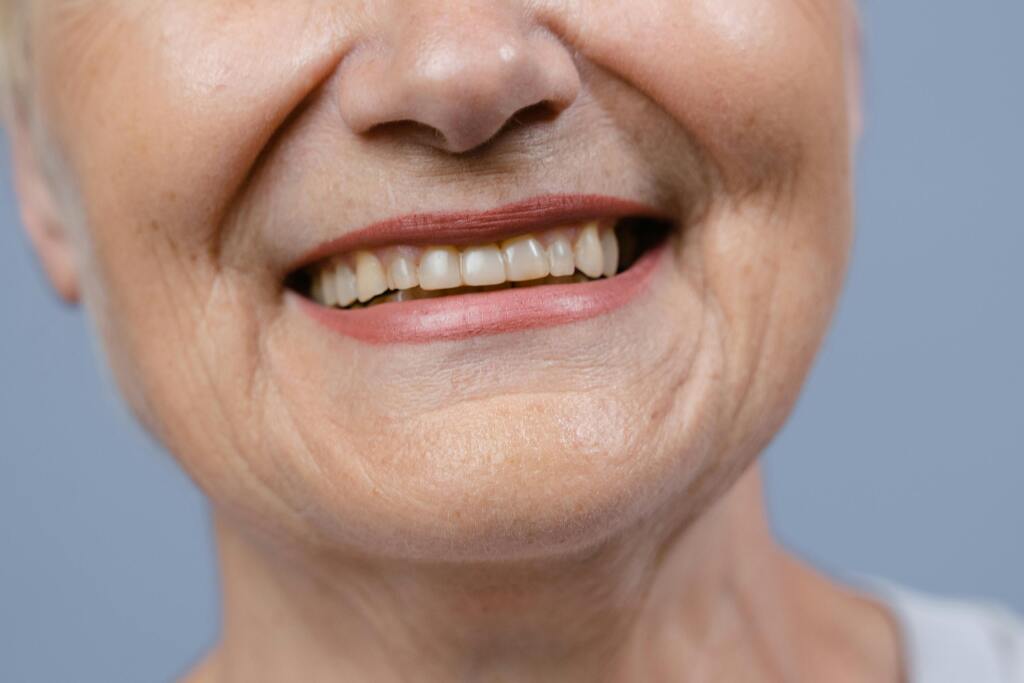Dental plaque may seem like a modern nuisance, but it’s actually a time capsule of evolution.
Long before toothpaste and floss, our ancestors carried microbial communities in their mouths that helped—and sometimes harmed—them.
Today, studying ancient plaque gives scientists insight into our diet, disease, and evolutionary development.
Let’s explore how dental plaque has shaped and been shaped by human evolution. 🦷✨
🏛️ What Is Dental Plaque?
Dental plaque is a biofilm of bacteria that forms on the surface of your teeth. It’s soft, sticky, and forms within hours of eating.
Modern dental advice tells us to remove plaque regularly—but evolutionarily, plaque is more than just a threat:
- It’s a record of diet, disease, and lifestyle.
- It plays a role in immune system development.
- It reflects how humans have adapted to their environments.
🦣 Ancient Plaque as a Window Into the Past
Archaeologists have found calcified plaque—known as dental calculus—on ancient teeth, sometimes thousands of years old.
Why it matters:
- Dental calculus preserves DNA, proteins, food particles, and even bacteria from the past.
- It offers a rare snapshot of how early humans and Neanderthals lived, ate, and evolved.
🔍 Fascinating discoveries from ancient plaque:
- Traces of cooked plants and herbs (e.g., yarrow and chamomile).
- Evidence of dairy consumption in prehistoric farmers.
- Pathogens that reveal ancient diseases like tuberculosis or gum infections.
🍖 How Diet Changed Our Mouth Microbiome
One of the biggest shifts in dental plaque composition came with the advent of agriculture:
Hunter-Gatherers:
- Diet: Raw meats, fibrous plants, nuts, and seeds.
- Result: Less plaque and fewer cavities.
- Oral bacteria: More diverse and better balanced.
Early Farmers:
- Diet: Carbohydrate-rich crops like wheat and corn.
- Result: Increase in plaque accumulation and cavities.
- Oral bacteria: More pathogenic strains, including those causing gum disease.
Modern Diets:
- Processed foods, sugars, and soft textures.
- Result: More plaque, chronic inflammation, and enamel erosion.
- Oral bacteria: Dominated by harmful microbes like Streptococcus mutans.
Evolutionarily, our teeth were not designed for sugary, starchy diets.
The shift from fibrous chewing to soft foods has weakened both our teeth and our oral microbiome.
🔄 Co-Evolution: Humans and Oral Bacteria
Humans and their mouth bacteria have been in a co-evolutionary relationship for millennia.
- Bacteria help digest food and prime the immune system.
- The human body provides a stable home (teeth, gums, saliva).
But when this balance is disturbed—by diet, antibiotics, or poor hygiene—disease thrives.
💡 Evolutionary takeaway: Plaque isn’t just harmful—it’s a symbiotic system gone wrong when modern lifestyles disrupt its natural balance.
🧪 What Plaque Reveals About Ancient Health
1. Nutritional Deficiencies
Plaque can contain evidence of:
- Vitamin deficiencies
- Malnutrition
- Inflammatory markers
2. Infections and Disease
Calculus preserves microbial DNA, including:
- Porphyromonas gingivalis (linked to periodontitis)
- Treponema (linked to syphilis and other diseases)
3. Cultural Practices
Ancient plaque reveals:
- Toothpick use
- Medicinal plant use
- Dental ornamentation and tooth filing
🦷 Modern Implications: Why Evolution Still Matters
Understanding the evolutionary role of dental plaque can help us:
- Rebuild a healthier oral microbiome
- Develop targeted probiotics for oral health
- Design diets and habits that work with—not against—our biology
Rather than constantly fighting plaque, some scientists argue we should aim to balance it, using ancient microbiomes as models.
❓FAQs About Dental Plaque and Evolution
1. Is dental plaque always bad?
Not always. In small amounts, plaque is part of a normal oral ecosystem. The problem arises when it’s not removed and becomes pathogenic.
2. What’s the difference between plaque and calculus?
Plaque is soft and sticky; calculus (tartar) is hardened plaque that has mineralized on the tooth surface.
3. How did ancient people deal with plaque?
They likely had less plaque due to fibrous diets and natural teeth-cleaning habits like chewing sticks or bones.
4. What can ancient dental plaque tell us that bones can’t?
Plaque can contain microbes, proteins, food particles, and plant residues, giving detailed insight into health and lifestyle.
5. Can restoring the ancient oral microbiome improve modern health?
Possibly. Ongoing research into ancestral microbiomes may lead to new therapies for gum disease, cavities, and even systemic inflammation.
🧠 Final Thoughts
From preserving DNA to mapping our dietary evolution, dental plaque is more than just a nuisance—it’s an evolutionary archive.
Studying it helps us understand not only where we came from, but also how to restore balance in our modern mouths.
So next time you’re brushing off plaque, remember: it’s a small part of a very big story.
















